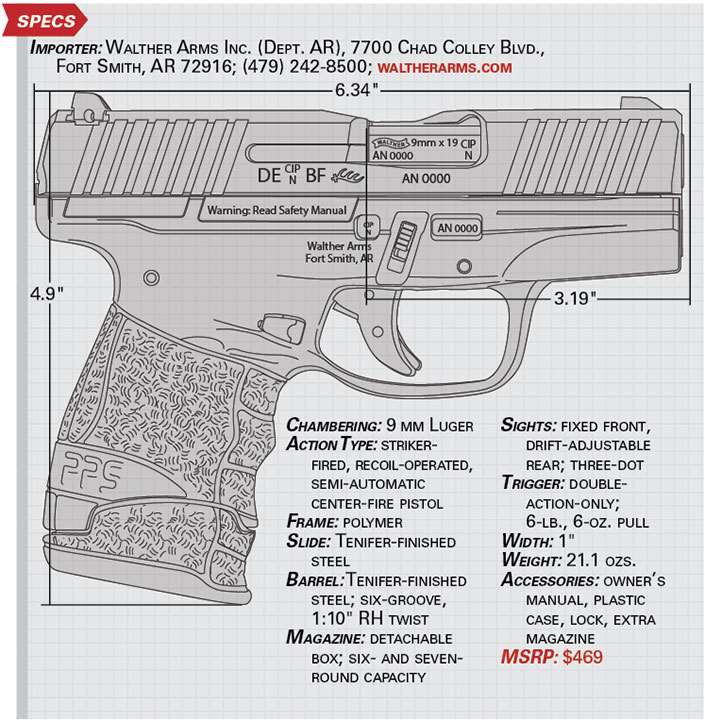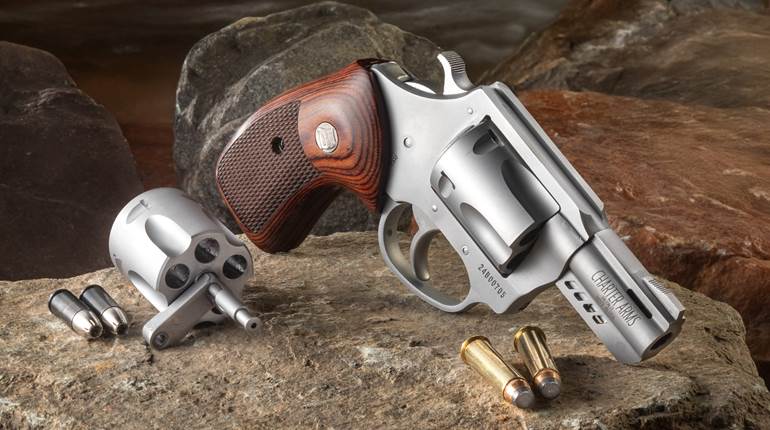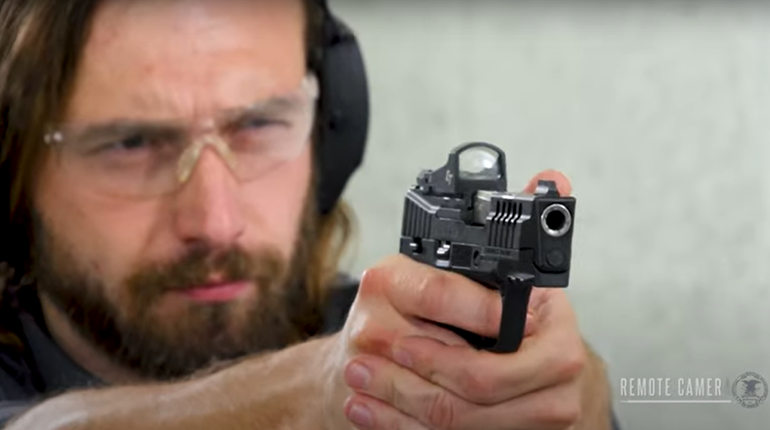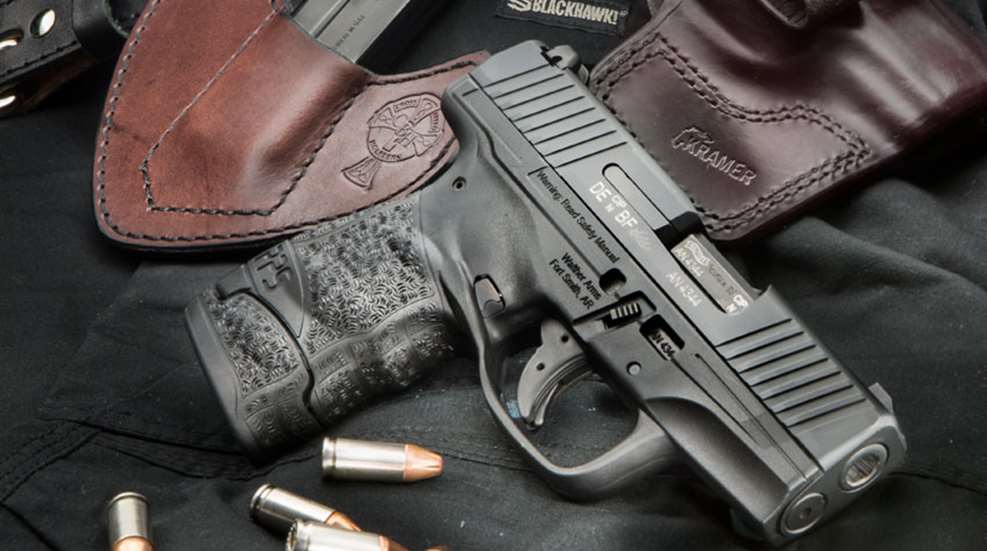
Walther created the most iconic single-stack .380 ACP of the 20th century with its PPK, and attempted to do the same thing for the 9 mm Luger in the 21st century with the PPS. Released in 2007, the PPS was one of the first handguns of its type to hit the market and, as such, played a significant role in ushering in the craze for single-stack concealed carry pistols that the industry continues to experience to this day.
While a solid performer in its own right, the original PPS was not perfect, and for 2016 Walther introduced a second generation of the semi-automatic, the PPS M2. The new pistol seeks to refine what the original got right, while improving upon those areas where the company, and its customers, felt the M1 fell short. With numerous small changes made to the design, primarily in regards to ergonomics, the M2 does represent a fairly substantial update; however, the heart of the gun remains unchanged, as does its intended purpose.
The Polizie Pistole Schmal (Police Pistol Slim) M2 is a double-action-only, striker-fired semi-automatic designed small enough to be easily concealed, yet controllable enough for anyone to use. The pistol’s frame is of molded polymer, while its chassis, barrel and slide are all made from steel. Its barrel and slide are treated with Tenifer to increase the steel’s surface hardness and resistance to wear and corrosion. The gun measures 6.3" long and 4.4" high with a flush-fitting magazine installed, and has a weight of only 21.1 ozs.—which is ever so slightly lighter (0.4 oz.) than its predecessor. Walther advertises the PPS M2 as having a width of 1", but that is measured at its thickest point, where the low-profile slide lock protrudes; the rest of the contoured frame varies between 13/16" and 15/16" across. The M2 is chambered only in 9 mm Luger for now; however, a .40 S&W version is in the works.
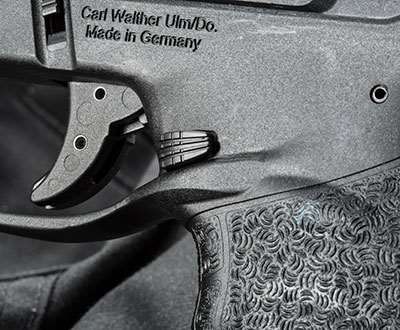
Like the original, Walther’s new iteration of the PPS utilizes a tilting-barrel, locked-breech operating system with barrel-hood-to-ejection-port lockup. The recoil assembly consists of a polymer guide rod and dual, nested recoil springs that serve to return the slide back into battery after a round is fired. Sights on this pistol consist of a steel three-dot arrangement, with a fixed front paired with a windage-adjustable rear. Disassembly is easily accomplished—once the gun is confirmed to be empty—by pulling the trigger, depressing the frame’s two takedown pins and pushing the slide forward off its rails.
The PPS M2 uses the rearward thrust of a round being fired to not only cycle the action but to also partially precock its striker. As the slide comes back, the striker spring is compressed, and, as the slide returns forward, a tail on the striker catches the spring, partially cocking the striker. Pressure applied to the trigger then completes the cocking sequence and releases the striker to fire. While the pistol lacks a manual safety of any kind, it does feature three passive systems: an articulated-blade trigger safety, a striker-block safety and a drop disconnector. A striker indicator is located at the rear of the slide for both visual and tactile confirmation of the striker’s position.
However, while much about the PPS remains the same in the new M2, many minor alterations have also been made to the platform to make it more appealing to the U.S. market. Chief among them, the M1’s European-style paddle magazine release at the trigger guard has been replaced on the M2 by a more traditional, non-reversible, push-button release. Located just behind the trigger guard where the button is easily actuated by the shooter’s thumb, most American users will find this configuration to be more familiar, and thus more intuitive, than the previous arrangement.
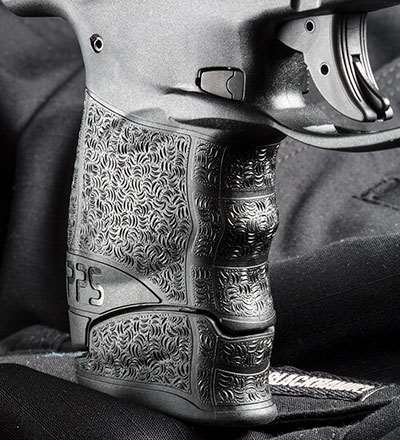
The frame of the PPS has also been completely redesigned, replacing a fairly blocky grip area with one much better contoured to the shape of the human hand. Molded-on gripping dots on the M1 have given way to the M2’s cross-directional texturing, creating a surface that is effective for purchase under recoil without being overly abrasive. The original gun also utilized replaceable backstraps, which the update has done away with; however, the M2 will feel comfortable in a great majority of hand sizes.
Walther has chosen to eliminate the M1’s single-slot Picatinny accessory rail in favor of a more streamlined and concealable dustcover on the M2. This decision does limit the number of light/laser accessories that will be compatible with the new model, though, options are available; Crimson Trace is already offering both red and green Laserguards for the new model. Front cocking serrations have also been added to the slide of the new PPS, while the rear grooves have been subtly redesigned.
The handgun ships from Walther with two magazines, one with a flush baseplate and a capacity of six rounds, and one with a finger extension and a capacity of seven (as shown in the above illustration). A third magazine size, available for purchase but not included with the handgun, extends even farther and increases the on-board capacity to eight rounds. An LE (law enforcement) edition of the gun is offered, and features night sights and three magazines (one of each size/capacity).
Function testing through 200 rounds of fully jacketed bullets and 170 rounds of assorted hollow-points did not yield any malfunctions. Testing for accuracy with the PPS M2 was conducted at 7 yds. using the seven-round magazine and a sandbag rest. As is illustrated by the nearby tabulated results, the gun is capable of fine accuracy for a compact gun intended for short-range defensive use—managing an average group size of 1.36" across three ammunition loads.
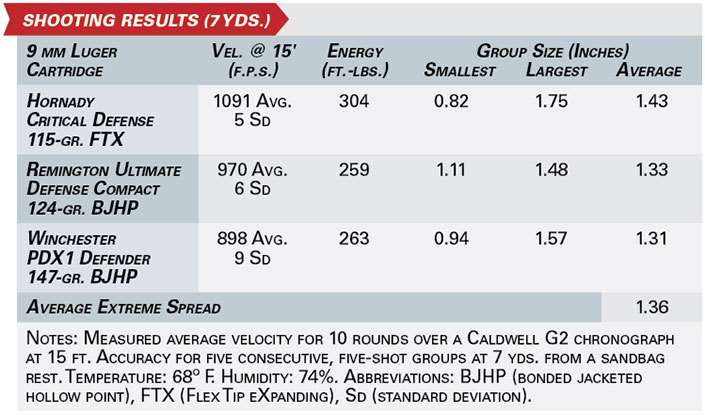
Recoil of the Walther PPS M2 was on par with other 9 mm-chambered pistols in its weight class—noticeable but not approaching unpleasant. Our trigger pull measured 6 lbs., 6 ozs., with about an 1/8" of creep after initial take-up before breaking. As is ideal with semi-automatics intended for concealed carry use, the trigger reset was exceptionally short.
We are of the opinion that the changes made to the M2 will make the new gun considerably more pleasant for most shooters to hold and fire than its less ergonomic predecessor—even despite the lack of replaceable backstraps. One facet of the M2 that is undeniably an improvement compared to the M1 is the price tag, with the new model coming in with an MSRP $150 less than its forebear.
Walther intends to produce limited quantities of the PPS M1 for fans of the original, but the majority of the production has already shifted to the M2 and will remain that way going forward. The success of the original PPS helped launch a wave of interest in single-stack 9 mms, and the changes made to the M2, although individually minor, combine to collectively make the new model all the more compelling.
